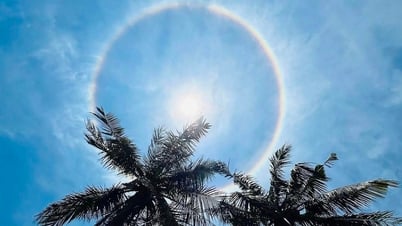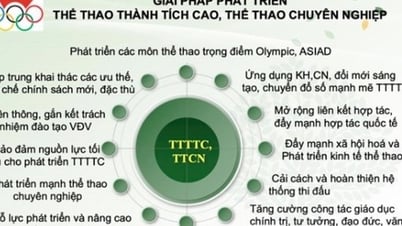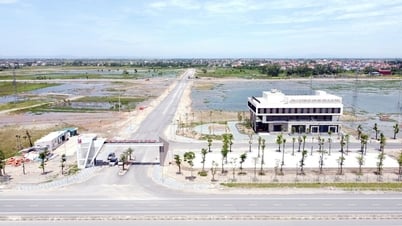41,000 years ago, Earth experienced an unusual event: The North Pole shifted toward Europe, weakening the planet's protective shield against cosmic radiation.
The Earth's magnetic field dropped to 10% of its current strength, causing auroras to appear in the skies across Europe and northern Africa. This was also the time when Homo sapiens demonstrated their extraordinary adaptability.
New research from the University of Michigan suggests our ancestors survived this harsh period thanks to three key inventions: Natural sunscreen, tailored clothing, and the use of caves as shelter.
“We found many areas where cosmic rays can penetrate all the way down to the ground, and surprisingly, these areas coincide with ancient human activity,” said Agnit Mukhopadhyay, lead author of the study. Here, archaeologists found evidence of cave use and a “prehistoric sunscreen.”
This sunscreen is actually ochre - a natural mineral containing iron oxide, clay and silica. Homo sapiens used it not only in cave paintings but also as a protective layer on their bodies. Modern testing has proven that ochre is an effective sunscreen.
Along with that, tailoring clothes to fit the body also plays a decisive role. At archaeological sites, scientists have found sewing needles and awls - tools that only appeared in the habitats of Homo sapiens.
“Not only did tailored clothing keep them warmer, it also incidentally protected them from solar radiation,” explains Professor Raven Garvey. “This is especially important because radiation can cause a range of harmful effects, from eye disease to folate deficiency – which can lead to birth defects and increased infant mortality.”
Meanwhile, Neanderthals, who apparently lacked these technologies, gradually disappeared around 40,000 years ago. This technological difference may be one of the reasons why Homo sapiens survived and thrived, while Neanderthals could not overcome the challenges of the times.
The study not only reveals the past, but also has implications for the present and the future. Mukhopadhyay warns that if a similar event were to occur today, the consequences would be dire: communications satellites would cease to function, and terrestrial telecommunications networks would be severely affected.
Yet our ancestors’ survival story also offers a hopeful message. It shows that life can survive and thrive even in the harshest conditions, as long as it is adaptable and creative.
"Looking at the prehistoric Earth helps us understand that life can exist even without a strong magnetic field to protect it. It may be different from today, but it still exists," said Mr. Mukhopadhyay./.
(Vietnam+)
Source: https://www.vietnamplus.vn/con-nguoi-tranh-tuyet-chung-41000-nam-truoc-nho-kem-chong-nang-post1033250.vnp






![[Photo] Prime Minister Pham Minh Chinh chairs conference on anti-smuggling, trade fraud, and counterfeit goods](https://vphoto.vietnam.vn/thumb/1200x675/vietnam/resource/IMAGE/2025/5/14/6cd67667e99e4248b7d4f587fd21e37c)



















































































Comment (0)